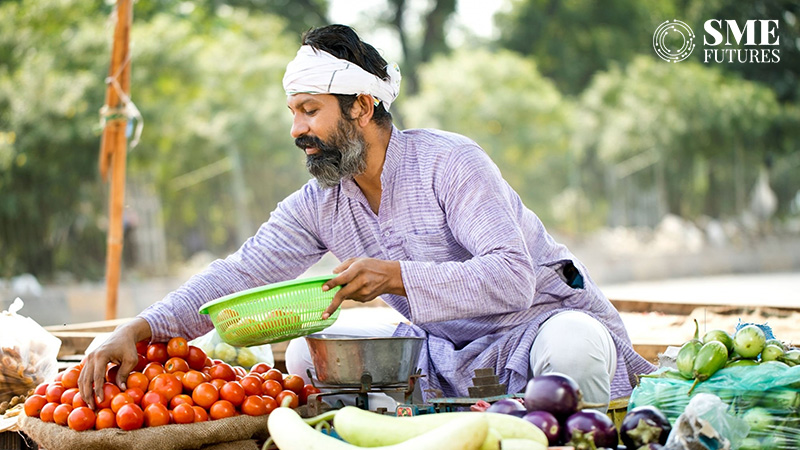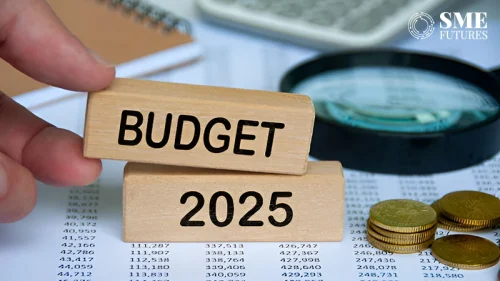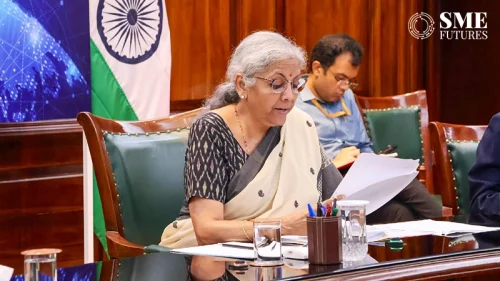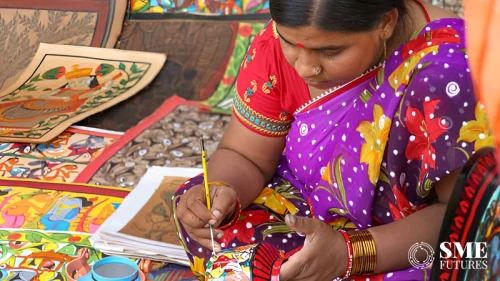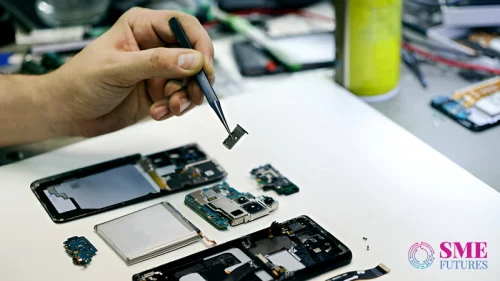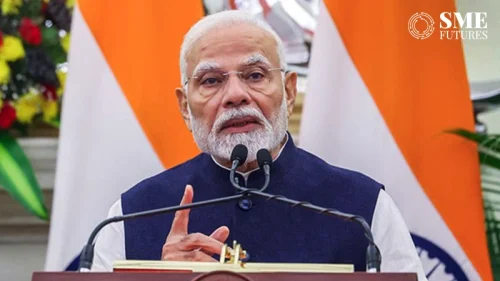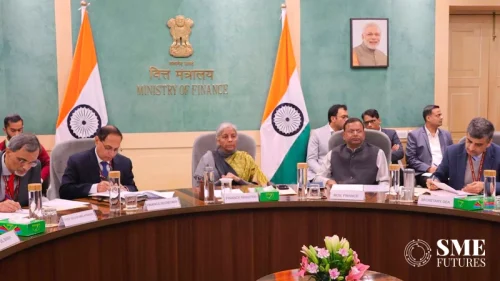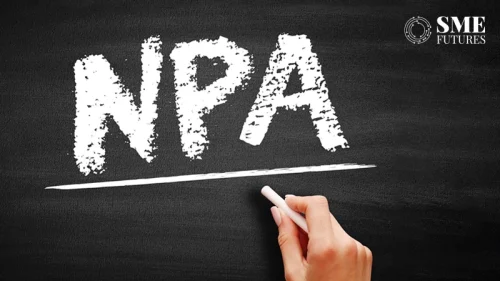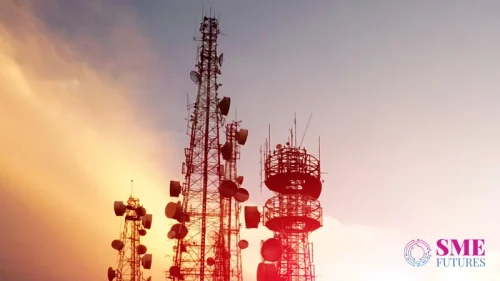An SBI research report has praised the Modi government’s micro-credit scheme for street vendors for ensuring “inclusive entrepreneurship” and said nearly 75 per cent of its beneficiaries come from the non-general category with the OBCs accounting for 44 per cent.
The Scheduled Castes and Scheduled Tribes account for 22 per cent of the total disbursement of the PM Street Vendor’s AtmaNirbhar Nidhi (PM SVANidhi) scheme and 43 per cent of the total beneficiaries are women, the report said.
“Female share indicates empowerment of entrepreneurial capabilities of urban female, giving SVANidhi a gender equaliser tag,” it said.
Sharing the report on X, Prime Minister Narendra Modi said, “This in-depth research by Soumya Kanti Ghosh of the State Bank of India provides a very clear picture of the transformative impact of PM SVANidhi.” “It notes the inclusive nature of this scheme and highlights how it has led to financial empowerment,” he added.
The prime minister shared highlights of the report on his website.
Noting that almost 75 per cent of loan beneficiaries come from the non-general category, the report said it is a testament to the innate power of the well-intended policy schemes to seed transformative changes.
The SBI’s emphasis on the social inclusivity of the welfare scheme comes amid a raging political debate centred on Other Backward Classes (OBCs), the largest and most crucial voting bloc, with the opposition demanding a nationwide caste census and accusing the government of denying the community its due.
On the other hand, the ruling BJP has accused the Congress and its allies of doing politics and asserted that no government has done as much for the OBCs as the Modi dispensation.
The research report said the PM SVANidhi scheme has seamlessly connected marginalised urban micro-entrepreneurs, breaking down community barriers along the way.
The persistency ratio (first and second loans repaid) is increasing, which indicates the scheme’s need and popularity, and also incentivisation of those who are paying back the loans, it said.
The ratio of people repaying the first loan of Rs 10,000 and taking the second loan of Rs 20,000 loan is 68 per cent while the ratio of people repaying the second loan of Rs 20,000 and taking the third loan of Rs 50,000 loan is 75 per cent, it added.

